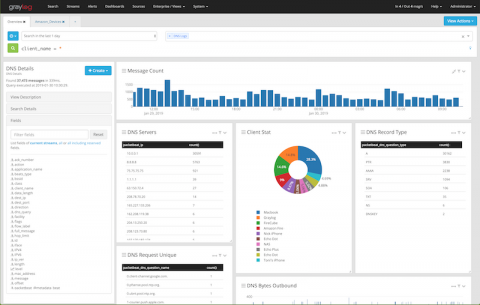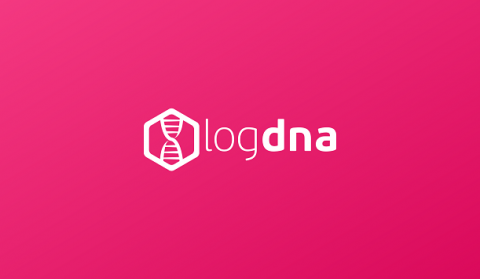Announcing Graylog 3.0 GA
Over the past several months, our team has been hard at work building the best log management solution out there. Introducing new features like Views, reporting, and script alerts, alongside updates to content packs, the Sidecar, and pipeline rules, Version 3.0 will knock your socks off. Read on for the nitty-gritty details.











